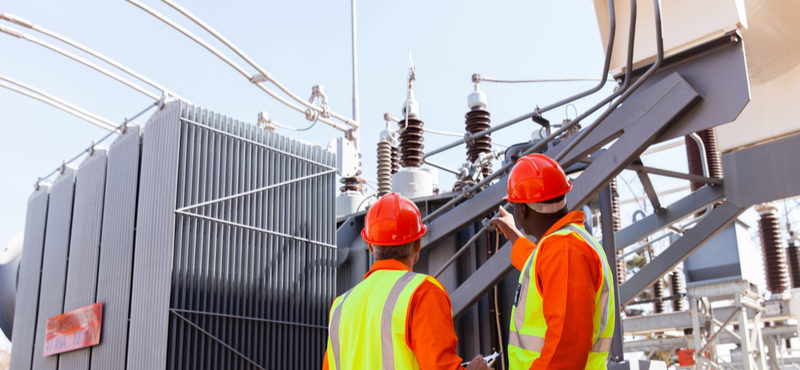A transformer is an important piece of equipment for many businesses. Commonly used in manufacturing units, industrial facilities and other commercial sectors, transformers come in a variety of selections. It’s essential to find the right one to meet your needs.
The two main factors to consider when finding the right transformer for your business include:
- Location – where will it be installed?
- Performance requirements – what do you need to get out of the transformer?
Without assessing these two important questions, it’s easy to waste money on the wrong piece of equipment that does not meet the day-to-day needs of your company. Worst case scenario, the wrong transformer will stunt the growth and productivity of your business.
5 Things to Consider When Finding the Right Transformer
1. Location
Do you plan to install the transformer on-site at your facility, at a remote location, or near the ocean? There are different specifications and requirements for transformers to perform efficiently in unique locations.
If the transformer is kept outside, there are unique models available that can handle a variety of climate conditions. For instance, outdoor transformers generally come with a protective shell used to safeguard the internal components from wear and tear.
If the transformer will be kept near the coast, there is specialized equipment intended to protect it against the risk of corrosion – which is much higher on the coast where high salinity levels are in the air. A corrosion-resistant coating is important in these environments.
Make sure to specify the location your transformer will go when ordering one (to rent or buy) so that you are matched to the appropriate selection.
2. Functionality
How will the transformer be used? You may need it for the simple process of lighting a large-scale facility, or perhaps you need it to complete complex heavy-duty applications. There are different transformers for unique scenarios and requirements.
3. How Much Voltage Do You Need?
There are two unique voltage specifications – input and output. Input voltage is the voltage of the power supply source, while output voltage is the voltage needed for a transformer to conduct a specific application.
The necessary output voltage should be the highest load requirements of a transformer. This is the highest voltage supply that will be required at any given time, not the average or even predictable day-to-day usage. By calculating maximum voltage requirements, you are prepared for whatever comes your way – such as an unpredicted surge in voltage requirements, as may happen in an industrial setting.
A specific formula is used to calculate kVA based on the necessary load voltage, line voltage and load current.
4. Single Phase vs 3 Phase Transformer
There are single phase and three phase transformers. A single-phase transformer has specific input and output voltage requirements, as well as the power rating in volt-ampere.
A three-phase transformer is commonly used in industrial settings and is ideal for fueling heavy-duty equipment. It requires specific wiring configurations, which means the proper combo of the 3 windings must be used in a three-phase transformer.
5. Frequency Supplies
Power source frequency is determined by input frequency. If you plan to use imported equipment, you may need a frequency converter that can be attached to the transformer’s output.
Rent or Buy Transformers from Cooling Power
We specialize in transformers and offer a variety of models for rent and sale to meet a wide range of needs.
Our units range from 15 kVA to 2,500 kVA. Unsure what you need? Talk to us and we are more than happy to help you find the right transformer for your business.
All of our units are encased by NEMA 3R outdoor enclosures so that they are fully protected against the elements. Plus, they are outdoor rated and attached to a skid frame. Learn more

